In June, 1917, Albert Chase of West Yarmouth left home for the bloody battlefields of France. Chase was one of 35 young men from Old Mattacheese who volunteered in World War One, and miraculously, all but one of the 35 native sons of Yarmouth came home alive.
Albert T. Chase and Arthur Graham in France.
How did our hometown boys fare on the front? How did they adjust from playing alongside the icy shores of Dennis Pond, and sand lot baseball, to a foreign battleground?
“My dear Mildred,” wrote Private Alfred C. Baker to his cousin on Christmas Day, 1917, “we all had a very nice dinner of turkey, pies, pudding, nuts, and potatoes, all we could eat.” Private Baker wrote he was lonesome, but “a good many boys are here…”
Young Baker asked cousin Mildred to “tell anyone to write to me” and “remember to all the Yarmouth people.” Baker served with the 103rd Machine Gun Battalion, Company C.
Henry Eldridge wrote home and said he sees Alfred Baker frequently, and looks ”eagerly for Yarmouth boys.” [Can you imagine being in France amidst fighting a war, and turning around to see someone you hung out with at Hallet’s store?]
Merrill Baker reported that he was in good health, and Russell Dodge claimed to have “motored 75 miles to play baseball for the amusement of the wounded in the American hospital.” The countryside of France, reported John Matthews, was very beautiful, and also of the promotion to Captain of Lieutenant Nathaniel Simpkins of Sandyside (on Summer Street in Yarmouth Port). During the war only one serious injury was reported. “Somewhere in France,” wrote Arthur Ryder, he was gassed, but eventually recovered.
Yarmouthites eagerly followed the global conflict from the trusty pages of the Register newspaper. In an editorial on April 21, 1917, the Register wrote “only a fool can imagine that this will be the last of all wars. There can be no permanent peace while the world is divided into different nationalities, each swayed by its on traditions of language and race.”
World War I political cartoon.
One by one letters trickled home. “I am somewhere near where most of the boys are stationed and expect every day to run into them,” wrote Earl Davidson in August 1918. “I can’t begin to describe the feeling one has during his first shell fire. However, I stuck to my post as a good American should.” Davidson wrote that friends and family back home have no idea what real warfare is, “but if you could pass through some of the little French villages that have been shot to pieces you would surely say Sherman was right when he said ‘War is hell.’”
Historians are revisiting World War One, and with good reason. That conflict left us with new technologies of death: tanks, planes, and submarines; reliable rapid-fire machine guns and artillery, and motorized cavalry. It also ushered in new tactics of warfare: shipping convoys and U-boat packs, dogfights and reconnaissance air support. And it left us terrors we still cannot control: poison gas and chemical warfare, strategic bombing of civilian targets, massacres and atrocities against entire population groups.
But most of all, it changed our world. In its wake, empires toppled, monarchies fell, and whole political systems were realigned. Revolution swept into power ideologies of the left and right. And, the social order shifted dramatically. Manners, mores, and codes of behavior, literature and the arts, education and class distinctions: all underwent a vast sea of change.
Nathaniel Simpkins, who died shortly after the end of the war.
Yarmouth proudly participated in the war effort, adhering to the Department of Agriculture’s request that housewives across the nation “join in the food production movement,” and cultivate potatoes, field beans, and root crops in case they were needed overseas or at home. In August 1917, the Friday Club donated toothbrushes, toothpaste, small mirrors and face cloths to the war effort, along with needles, writing papers and envelopes, pencils, and bandanas. The Bass River branch of the Italian War Relief Fund of America held a meeting in September 1918 and made infants’ outfits including 12 children’s aprons.
When the war ended in 1918, more than nine million soldiers, sailors and airmen were killed. Another five million civilians were estimated to have perished under occupation, bombardment, hunger and disease. Over four million Americans, including female Army nurses – served overseas. In October 1919, after the war ended, Captain Nathaniel Simpkins – a staff office in the 26th Yankee Division – died of a sudden illness (pneumonia – presumed to be Spanish Flu); he was 32. [The metal arch at the corner of Summer Street and Route 6A was erected in his memory. It is currently being refurbished and will be reinstalled in the fall of 2024.]
In 1926, a memorial on the town common listing the names of Yarmouth’s war heroes was dedicated. One of the speakers at the ceremony was General Clarence Edwards, Captain Simpkins’ boss, and commander of the Yankee Division, for whom Camp Edwards is named. Pulling the cord to unveil the marker were Oliver and Nathaniel Simpkins, sons of the dead captain.
by Theresa Barbo, originally published in 2002 in HSOY’s Beechcomber





